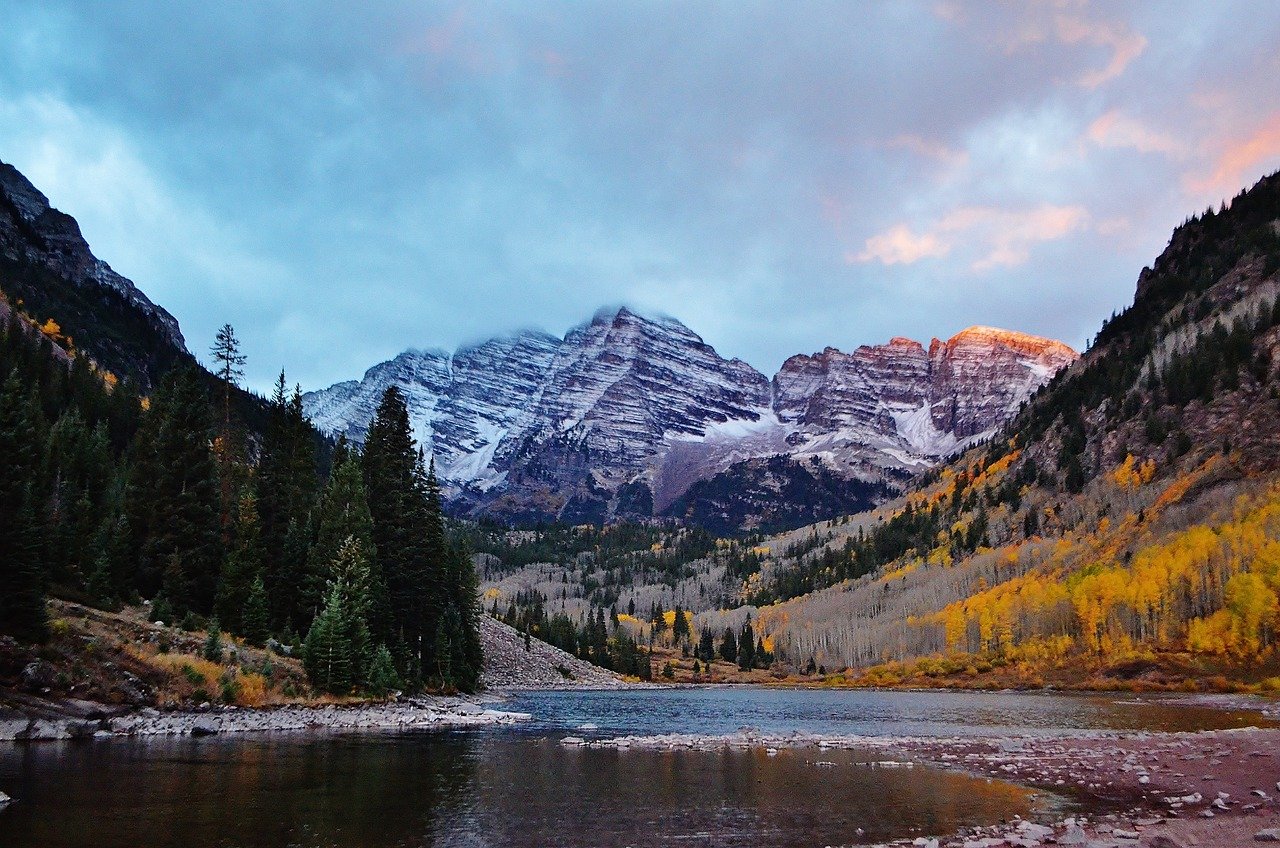The Colorado River faces several significant challenges:
 Prolonged Drought: The region is experiencing the longest-running drought in the history of the American West, which has drastically reduced water levels.
Prolonged Drought: The region is experiencing the longest-running drought in the history of the American West, which has drastically reduced water levels.
Climate Change: Rising temperatures accelerate evaporation from reservoirs and reduce snowpack, which is crucial for replenishing the river.
Over-Allocation: The Colorado River Compact, established over 100 years ago, allocated more water than the river can sustainably provide, leading to conflicts among the seven states that rely on it.
Population Growth: Increasing populations in the Western states have heightened demand for water, exacerbating the strain on the river.
Ecosystem Impact: Reduced water flow affects the river's ecosystem, including fish and wildlife that depend on it.
Addressing the over-allocation of the Colorado River involves a combination of policy changes, technological innovations, and collaborative efforts. Here are some potential solutions:
Renegotiating Water Allocations: Revising the Colorado River Compact to reflect current water availability and usage needs. This includes considering the impacts of climate change and population growth.
Implementing Water Conservation Measures: Encouraging water-saving practices in agriculture, industry, and households. This can include more efficient irrigation techniques, reducing water waste, and promoting xeriscaping (landscaping with drought-resistant plants).
Enhancing Water Storage and Management: Improving infrastructure for water storage and distribution, such as building new reservoirs or enhancing existing ones. This also involves better management of water releases from reservoirs like Lake Powell and Lake Mead.
Investing in Technology: Utilizing technologies like desalination, water recycling, and cloud seeding to increase water supply. Desalination can provide an alternative source of freshwater, while water recycling can make better use of existing supplies.
Collaborative Agreements: Developing and implementing agreements among the states and stakeholders that rely on the Colorado River. This includes drought contingency plans and other cooperative measures to ensure fair and sustainable water distribution.
Public Education and Awareness: Raising awareness about the importance of water conservation and the challenges facing the Colorado River. Educating the public can lead to more widespread adoption of water-saving practices.
These solutions require coordinated efforts from federal, state, and local governments, as well as the involvement of communities and individuals.
Agriculture: Irrigation is the largest offstream use of water in the basin, accounting for about 85% of total offstream use. Crops like alfalfa, cotton, and various fruits and vegetables are heavily dependent on this water.
Municipal and Industrial Use: This includes residential, commercial, and industrial uses within cities and towns. Municipal water use accounts for about 25% of the beneficial uses of the Colorado River. Major cities like Las Vegas, Phoenix, and Los Angeles rely on this water for their supply.
Hydroelectric Power Generation: Water from the Colorado River is used to generate hydroelectric power at several dams, including the Hoover Dam and Glen Canyon Dam. This is an instream use, meaning the water remains in the river system after generating power.
Environmental and Recreational Uses: Maintaining river flows for ecological health and recreational activities like fishing, boating, and tourism is also a significant use.
Tribal Water Rights: Several Native American tribes have legal rights to water from the Colorado River, which they use for various purposes, including agriculture and community needs.